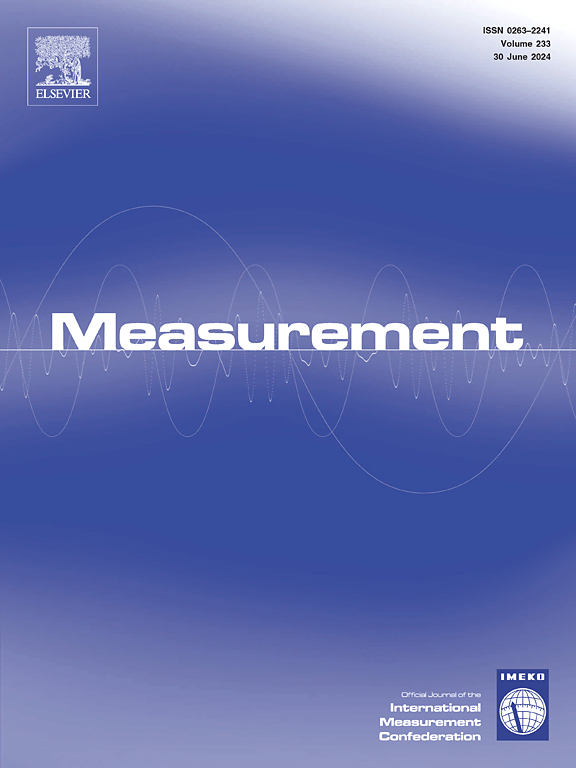Vehicle-mounted GNSS navigation and positioning algorithm considering signal obstruction and fuzzy logic in urban environment
IF 5.2
2区 工程技术
Q1 ENGINEERING, MULTIDISCIPLINARY
引用次数: 0
Abstract
In response to the challenges of limited navigation and positioning accuracy in urban environments and insufficient utilization of Non-Line-of-Sight (NLOS) information, this paper proposes a vehicle-mounted GNSS navigation and positioning algorithm considering signal obstruction and fuzzy logic in urban environment. Initially, the environment information above the vehicle is captured with the assistance of the skyward fisheye camera. Based on the designed image segmentation technology, the sky and non-sky areas are distinguished. Subsequently, a satellite projection model is established to project satellite signals onto the obtained image, by comparing the edge pixel coordinates of the sky and non-sky areas, Line of Sight (LOS) and NLOS signals are differentiated. Furthermore, addressing the issue that existing research has not fully characterized the obstruction degree of NLOS signals, a method is proposed to represent the degree of obstruction of satellite NLOS signals based on the principle of the nearest pixel point and to reasonably utilize their useful information. Building on this, combining the obtained representation of satellite NLOS signal obstruction, elevation angle, and Signal-to-Noise Ratio (SNR), a weighted comprehensive assessment method is designed based on the characteristics of fuzzy logic in handling uncertainty and ambiguity, thereby fully and reasonably utilizing NLOS signal information. Finally, this method improves positioning accuracy by 43.61% and 39.15% compared to existing SNR/elevation-based and NLOS-discarding methods, respectively, and by 7.09% over the best results achieved with uniform weighting of NLOS signals. It also offers greater efficiency and robustness than methods relying on average pixel values to assess NLOS signals.
求助全文
约1分钟内获得全文
求助全文
来源期刊

Measurement
工程技术-工程:综合
CiteScore
10.20
自引率
12.50%
发文量
1589
审稿时长
12.1 months
期刊介绍:
Contributions are invited on novel achievements in all fields of measurement and instrumentation science and technology. Authors are encouraged to submit novel material, whose ultimate goal is an advancement in the state of the art of: measurement and metrology fundamentals, sensors, measurement instruments, measurement and estimation techniques, measurement data processing and fusion algorithms, evaluation procedures and methodologies for plants and industrial processes, performance analysis of systems, processes and algorithms, mathematical models for measurement-oriented purposes, distributed measurement systems in a connected world.
 求助内容:
求助内容: 应助结果提醒方式:
应助结果提醒方式:


